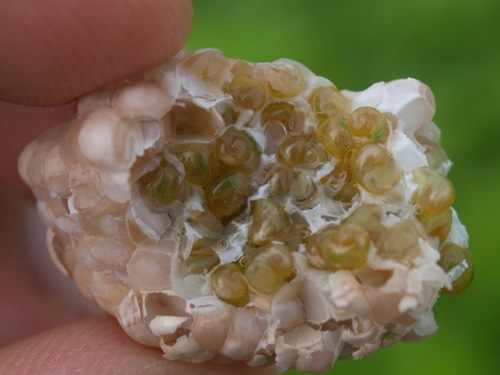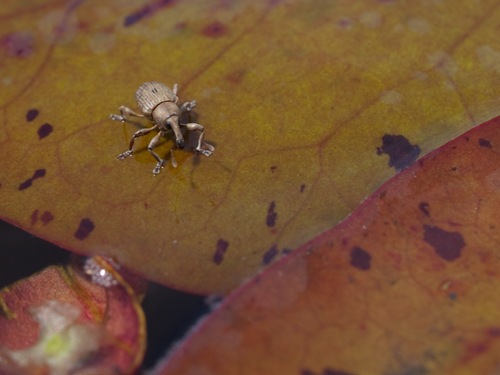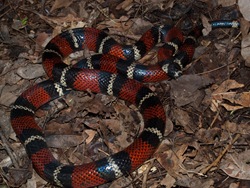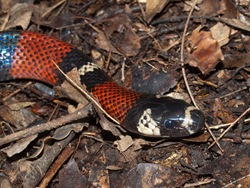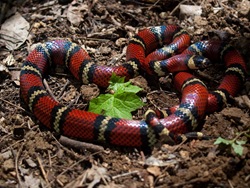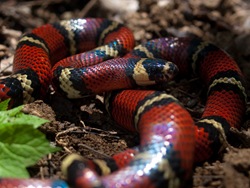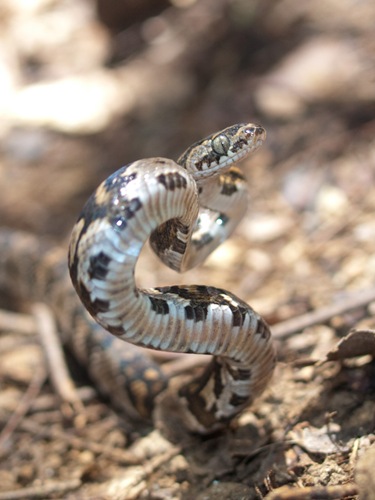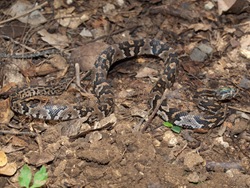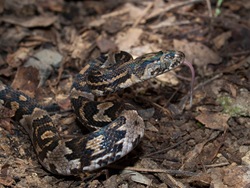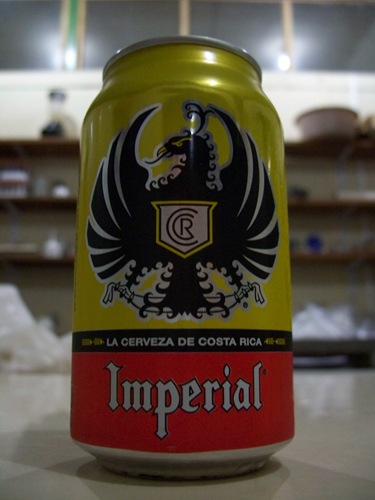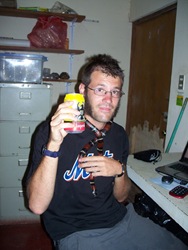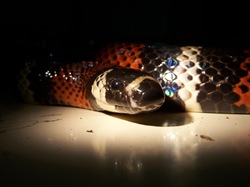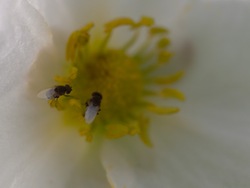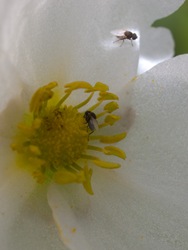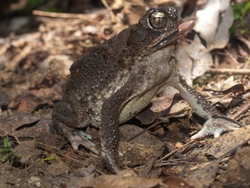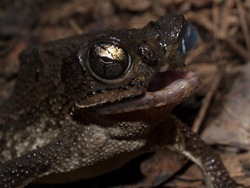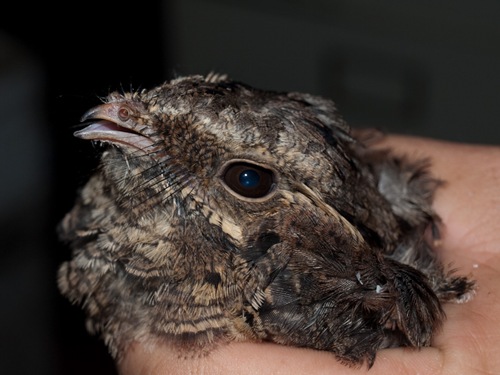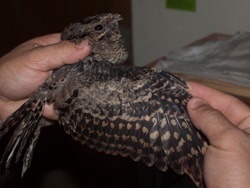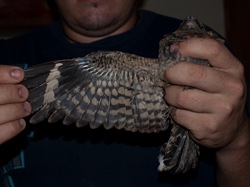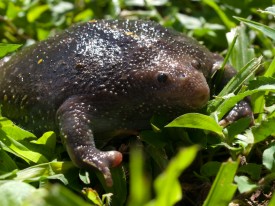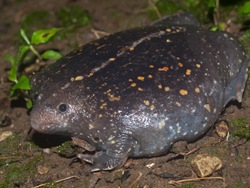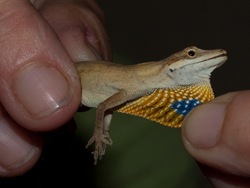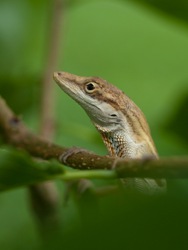There are tons of apple snail eggs (Pomacea flagulata) attached to the stems of emergent vegetation. I’ve found some clumps of eggs on Thalia geniculata, Cyperus articulatus, Echinodorus paniculatus and in my own plots on Eichhornia crassipes as well as some PVC pipe I’m using. There is a lot of variation in height from the water’s surface and size of egg cluster and I’ve only seen one instance where there are two clusters to a single stem. I wonder how the snail choose a location in terms of plant species and height on the stem.
The eggs are pinkish in color and are vary conspicuous. I’ve encountered one instance where the eggs appeared to have suffered a predation attempt, although I would suspect that egg predation would generally be complete and if not, the left-overs would sink away. Additionally, a cluster that I brought back to the lab appears to have been eaten by a raccoon that raided my snail bucket one night – it also made off with 2 of my adult snails (one of which was splattered on the ground) and punctured a whole in another (which is still alive).
I sacrificed this cluster to get an idea of how the snails develop. Within the cluster, there is an outer layer of empty eggs encased in hard, brittle, shell-like material. Beyond the empty layer, individual snail-lets (?) develop in separated compartments.

